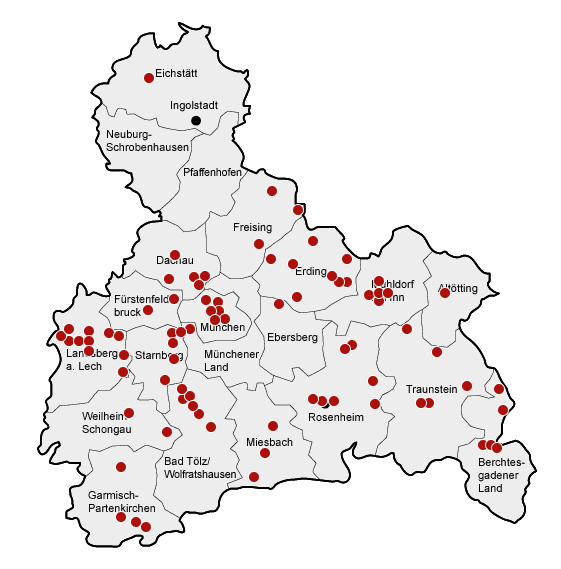Displaced persons camps
The displaced persons camps that grew up after the war were intended for the temporary accommodation of people who had been forced out of their home countries during the period of the Nazi regime or the war. In 1945, there were approximately seven million such displaced persons (DP) in the three western occupation zones.
In the Yalta Agreement, the Allies set themselves the goal of returning the DP to their home countries (repatriation). By 1946, it was possible to return approximately six million people, but, because of the threat of persecution for example, the remainder could not be returned to their home countries. These DP continued to live in the barracks and hutted camps that in reality were only intended for transit. The aid agencies of the United Nations, UNRRA, administered the camps in the three western occupation zones. An individual UNRRA team was responsible for each camp. Its successor organization was the International Refugee Organization (IRO).
In 1951 the DP camps were placed under the administration of the Federal Republic Of Germany. In 1957, the last DP camp in Bavaria, Föhrenwald near Wolfratshausen, was closed. Since 2018, the Badehaus Museum Memorial Site has been there.


